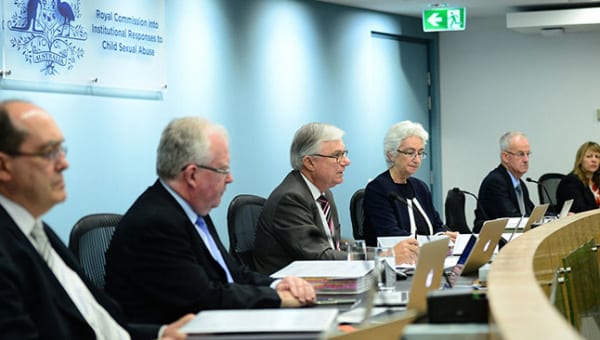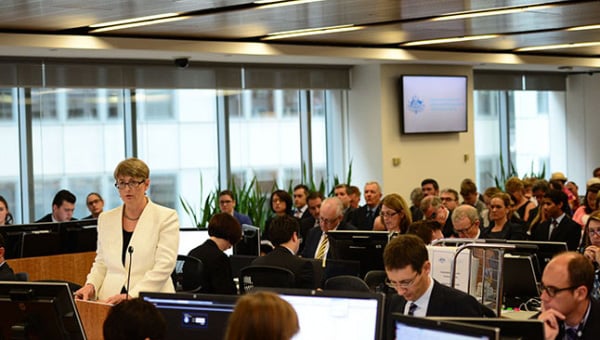
A difficult conversation – but necessary
If we are going to do real soul-searching about clergy sexual abuse, it’s time we turned the spotlight on to the laity and their role in enabling abusers.
This is a difficult conversation to begin. We are used to seeing ourselves as the good guys, and the solution, not the problem: that if we had lay-led parishes or diocesan offices, this would rid us of clergy abuse for good.
Unfortunately, history is not on our side. Cases of clergy sexual abuse in the English-speaking world reveal any number of compromised lay people who have helped with covering up and explaining away, either directly or indirectly.
The ‘lay clericalism’ of the insiders
They are usually wealthy and influential, or employed by the Church, or in useful professions. Start with the Boston case, so admirably narrated in ‘Spotlight’- a good reminder that almost all clergy abuse has been exposed by outsider journalists, not by people inside the Church.
The Royal Commission has rightly pointed out that clericalism is linked to a sense of entitlement, superiority, exclusion, and abuse of power. However, there’s sometimes a kind of ‘lay clericalism’ among people who occupy privileged Church-related positions, often working in dioceses alongside bishops and bishops’ conferences.
There are longstanding networks of Catholic old boys and women everywhere: those who know each other from their private Catholic school, Catholic community social and welfare organisations, and countless other Catholic networks.

‘Implausible?’ Not at all
They all do good work – but the people in these organisations are human like everyone else. Sometimes networks can build up where people have information on each other that will never see the light of day for various reasons.
The Royal Commission found that Cardinal Pell’s claim to have been misled on the extent of Fr Peter Searson’s abuse by the local Catholic Education Office in Melbourne was ‘implausible’.
Sadly, it’s entirely plausible. Clericalism has sometimes infected individuals in these agencies to the point where they minimise or excuse bad clerical behaviour. Sometimes they are more concerned with protecting an agency’s reputation and avoiding large insurance payouts than ministering to the survivors.
Accomplices
Abusive priests don’t get away with stuff by themselves. They have help – sometimes quite a lot of it, and not just from their bishop. (Few bishops are that powerful, or that competent.)
Predatory abusive clergy are very often highly charismatic individuals with male and female lay followers who will defend them to the death, even in the face of evidence showing that the priest was a repeat offender.
These lay people can also be connected in lots of ways to a local diocese – their brother-in-law is head of one agency; their sister works for someone important; their husband is on the Board of somewhere else. They have a vested interest in looking the other way.
Time to face the truth
This is the ugly underside of our local vibrant Catholic community. Covering-up goes on all the time, for all sorts of things – and yes, lay people enable it. We just haven’t been brave enough to face this about ourselves yet.
Related
